Tell us something about yourself
“You can call me Ben and I live in the western part of France, not far from the coast (south Brittany).
I’ve always loved drawing, it was mostly copies of book covers, some characters and landscapes, on paper with a wooden pencil. I tried a little oil painting but I quickly stopped because it takes up space, and you need a lot of material (which quickly becomes expensive).
So I decided to go digital, I’ve had the same tablet for several years, a Wacom Intuos Medium, it’s more than enough for me to create my illustrations.
Background and Inspiration
1. What inspired you to pursue digital painting over traditional mediums?
Well, nothing very special, it’s just years ago, after watching some videos about digital art, I told myself « well let’s buy some graphic tablet and give it a try ».
It wasn’t that easy, I had to learn the software and how to draw while watching a screen instead of your hand. It was a bit weird at the beginning but with practice it became easier and easier. Now it’s like grabbing a classic pen.
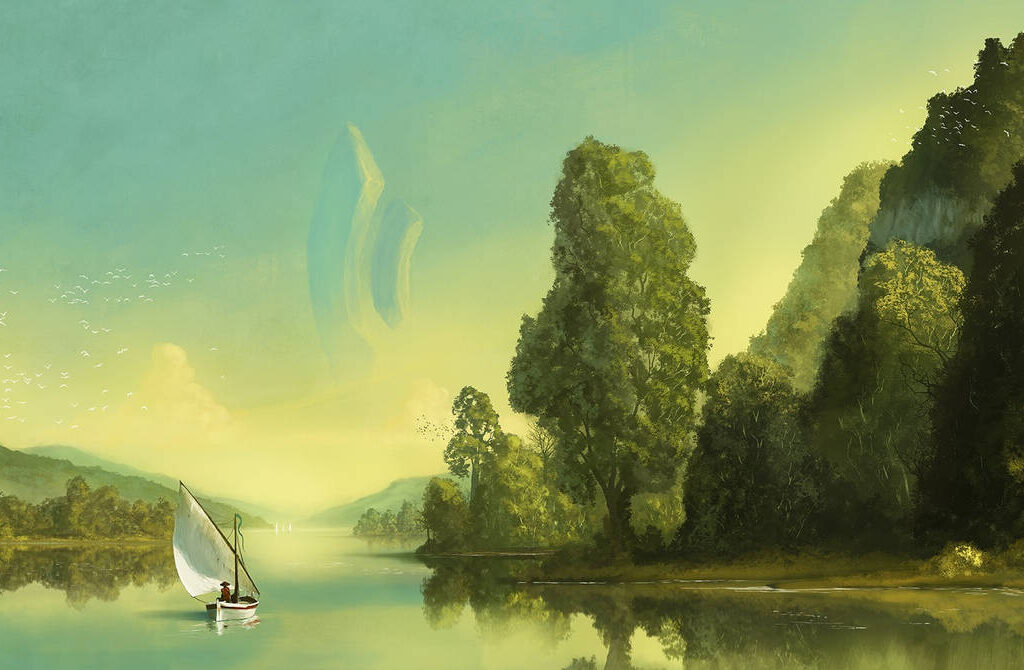
2. How did you develop your unique style? Are there any artists or movements that influenced you?
I think we all already have a predefined style, even if we try to copy another style, it’s very complicated and almost impossible to copy someone else’s 100%. I really like landscapes, so I quickly did some research in that area and I found the Hudson River style, around the 19th century. Painters like Bierstadt are, for me, the best in their field and they still are. They created incredible landscapes and I wanted to try to do the same (or almost).
Regarding the dark fantasy side, there are some artists who do incredible things with a unique style that I try to replicate, like Artem Demura, Vladimir Motsar, Piotr Jablonski, Bogdan Rezunenko.
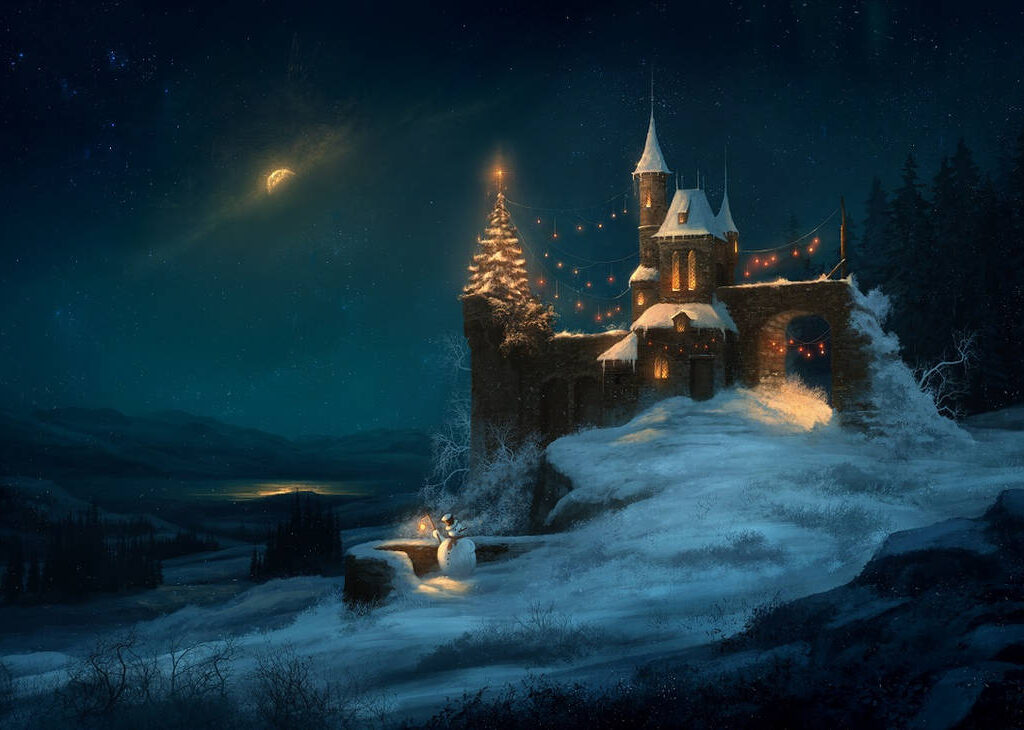
3. Do you remember the first digital painting you created? What was it like?
Yes, I remember two. One was a blue/purple sunset sky with a dragon silhouette flying. The other was hills with a few trees under a summer sky. It wasn’t great, but you have to start somewhere.
Tools and Techniques
4. What software do you use for your digital paintings?
Photoshop only, I know there are many other software and I should give them a try but I’m so used to PS that I forget the rest.
5. Do you have a preferred brush pack or custom brushes that you often use?
I use a pack I found years ago. It has a little bit of everything in it, but I only use 3 or 4 from it. I’ve also bought a few packs from artists I follow to try to emulate their techniques, like Greg Rutkowski.
6. How do you approach color selection and lighting in your artwork?
Colors and lights come from my different inspirations. Sometimes from 18th century paintings, from photos, from digital paintings by other artists. It really depends on the scene and the desired atmosphere.
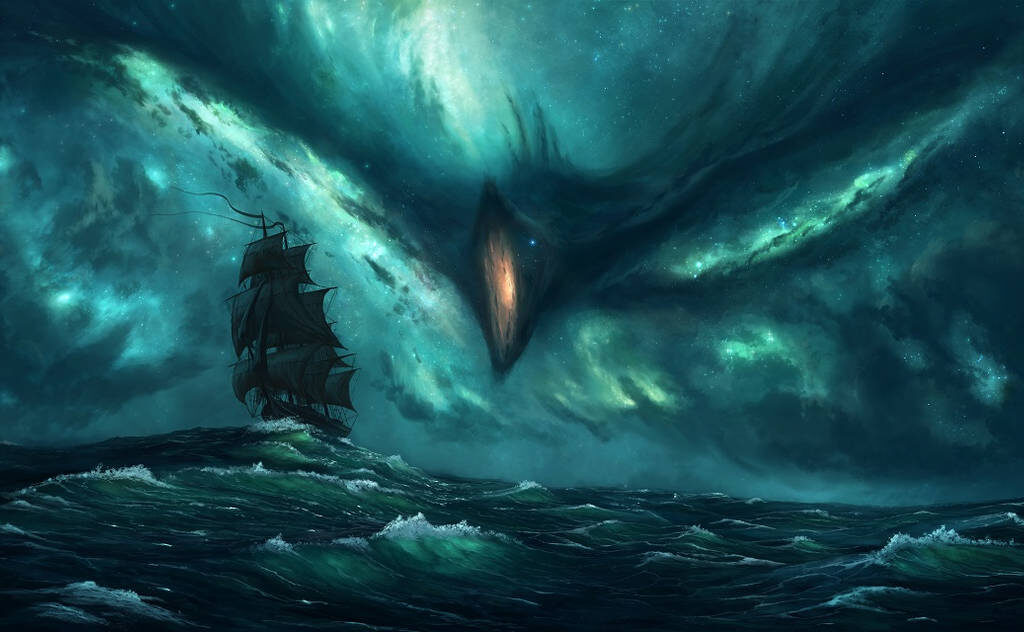
7. Do you ever blend traditional techniques with your digital work?
Sometimes I use the mixer brush tool which imitates oil painting techniques to mix the different colors and textures present on the layer, it gives beautiful effects but it can also be quite long to do. It’s the only thing that comes close to a traditional technique.
Also Read: Exclusive interview with a lovely digital artist – Mr23
Creative Process
8. Can you describe your typical workflow from concept to completion?
The hardest part is finding an idea that’s truly original, something that tells a story or has a particular atmosphere. It can take a while, but once you have the idea, it can then flow smoothly. You also have to think about what colors you’re going to use, where the light is coming from, etc.
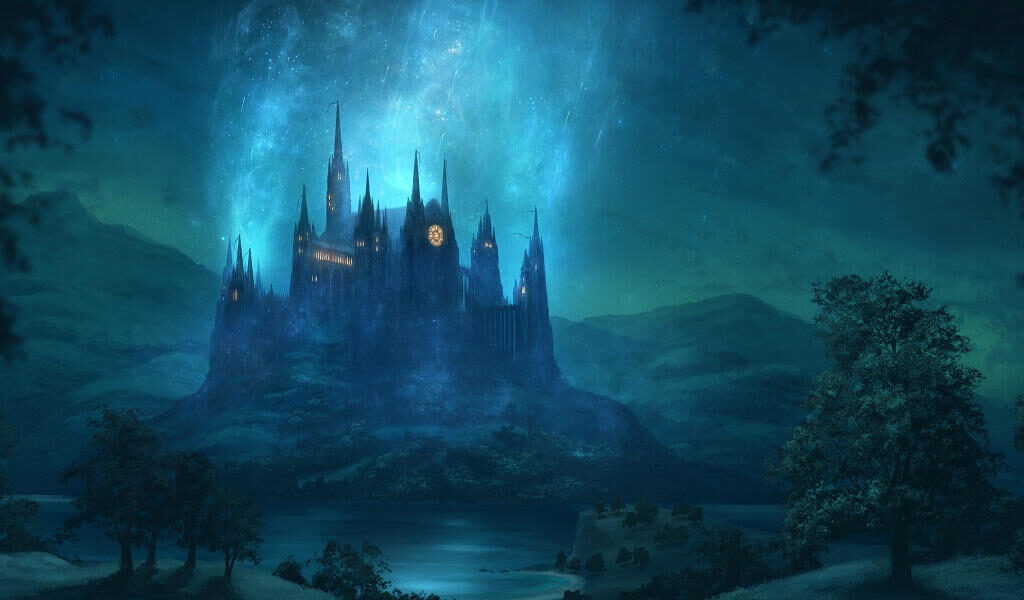
9. How do you overcome creative blocks or lack of motivation?
Above all, you shouldn’t force yourself to really want to draw, otherwise you’ll end up with things that aren’t really good.
As Bob Ross said, “If you don’t feel good when you’re painting, it’s because you’re not doing it the right way. It should make you feel good there and then (in your mind and in your heart).” So sometimes when I can’t get anything done, I don’t touch a graphics tablet anymore.
I wait to find motivation and inspiration again. Sometimes it lasts a week, and sometimes longer. You can’t force yourself to do it.
10. Do you use reference images, or do you paint entirely from imagination?
It depends, sometimes it’s 100% my imagination, because I had a “vision” of a place, and I try to render it as best as possible. Then sometimes it will be by seeing a photo, colors, other artworks etc. Mixing the colors of a 19th century painting with the composition I have in mind, that kind of thing.
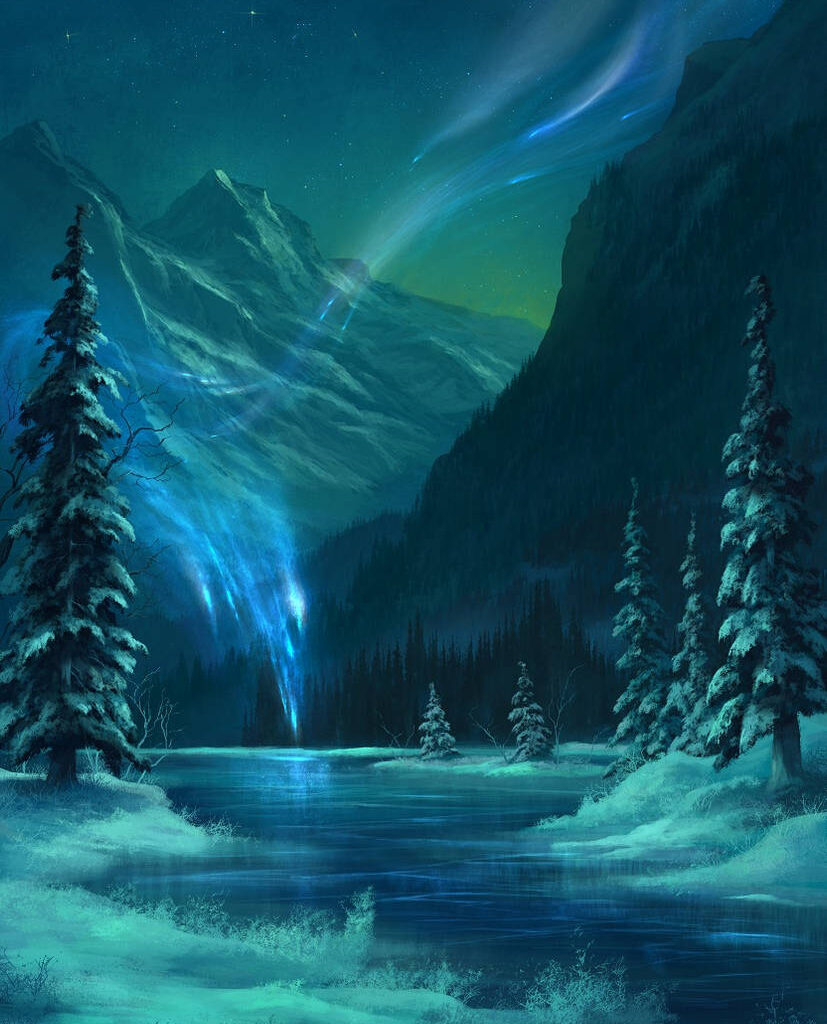
11. How do you know when a piece is finished?
When I look at it and say to myself, “That’s good, I’ve managed to put more or less what I had in mind”.
But in reality, an illustration is never completely finished for me. There are always some improvements to be made, which means we’re always learning a little more.
Industry and Trends
12. What do you think about the growing use of AI in digital art?
Ah… On the one hand, I can understand that it can help find inspiration, because AI “thinks” differently, so it can sometimes produce interesting results.
I did a few tests, and depending on the model we used, I managed to get beautiful images, especially in terms of the sky and the lighting effects.
I can understand that many people find these images beautiful and well-made. But on the other hand, these images, landscapes, characters, don’t have the soul that the artist tried to put into them. They all look the same, always with flashy colors, often very similar compositions. What I find shameful is that people call themselves “AI artists.” What did they do? They simply wrote a series of words, and then the AI produced a result. Okay, I know that prompts can sometimes be very complex to get good results, but does that make the person an artist? I doubt it. Furthermore, these models are based on illustrations made by real people and I know that many artists find this harmful to them and are really against it.
There would be a lot to say on this subject but I am not an expert in the field, but the human artist can never really be replaced. We have a soul.
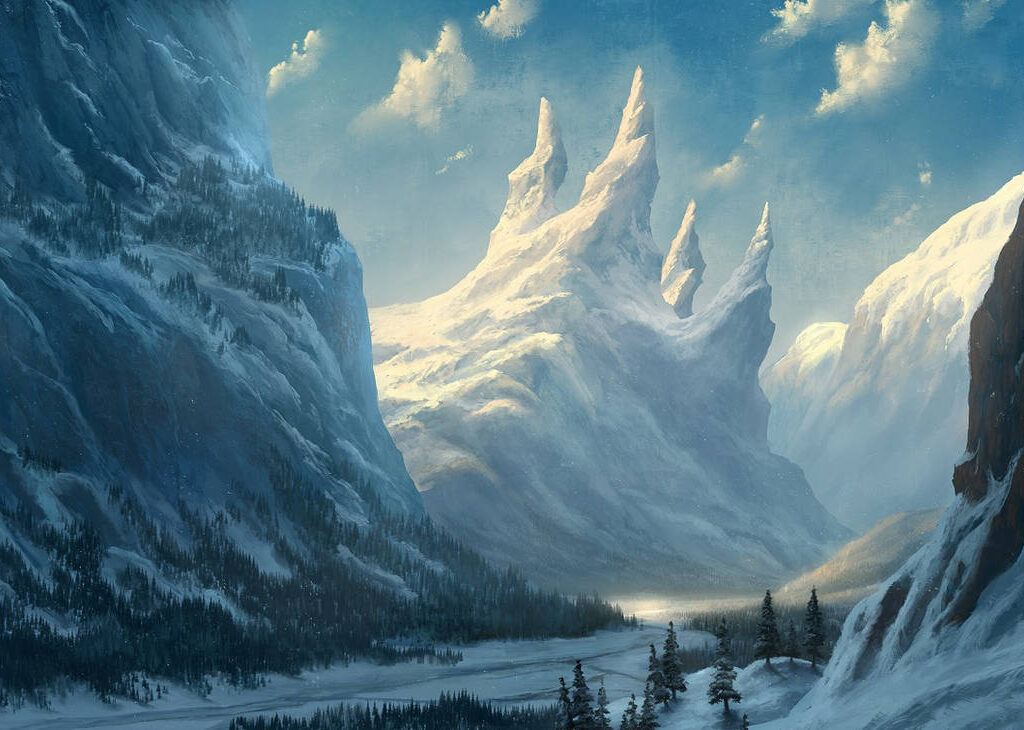
13. How do you stay current with trends and techniques in the digital art community?
Well, actually the technique has hardly changed for several years, and in terms of digital paintings, there are only a few techniques like matte painting, photobashing, paint over, 3D… I’m really focused on 2D digital painting so the rest doesn’t concern me, but I would like to know a little about 3D.
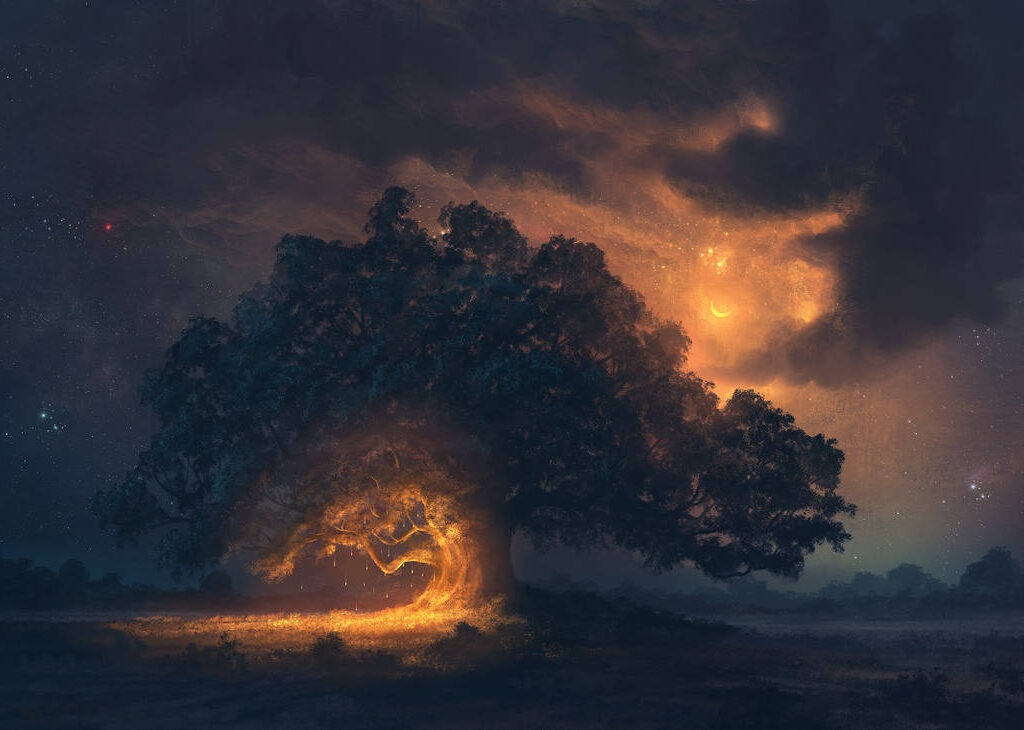
14. What challenges do you face as a digital artist in today’s market?
There are a lot of us, so it’s hard to make a name for yourself. In fact, I’m almost unknown in the industry. I only get 2 or 4, maybe 5 commissions a year. I know I’m terrible at promoting my work, and that must be the problem. And of course, the AI flood. Why would people pay an artist when in a few clicks and for $10 they can do it themselves or pay one of those “famous” AI artists for $50? Since the arrival of AI, I’ve noticed a big drop in traffic on my profiles.
Career and Projects
15. What has been your most rewarding project so far?
Since I’m not known in this field, there’s nothing really famous. I’ve done some illustrations for a tarot deck (arcanya), some CD cover illustrations, and that’s it, not really any big projects.
16. Do you collaborate with other artists or work solo?
Nothing special here, I’m always working solo. I think it’s difficult to work with several people when you have your own style and you want to keep it.
17. Have you ever faced creative criticism, and how did you handle it?
Again, since few people know my work, there is less opportunity to get feedback. The few times I have received comments on flaws were a long time ago, but I know that there are always flaws to be found, and that’s why we can only improve each time.
Advice and Insights
18. What advice would you give to aspiring digital painters?
Practice, practice and practice again. It’s the only way to create something credible and to find your own style. The important thing is to create something that pleases you before pleasing others.
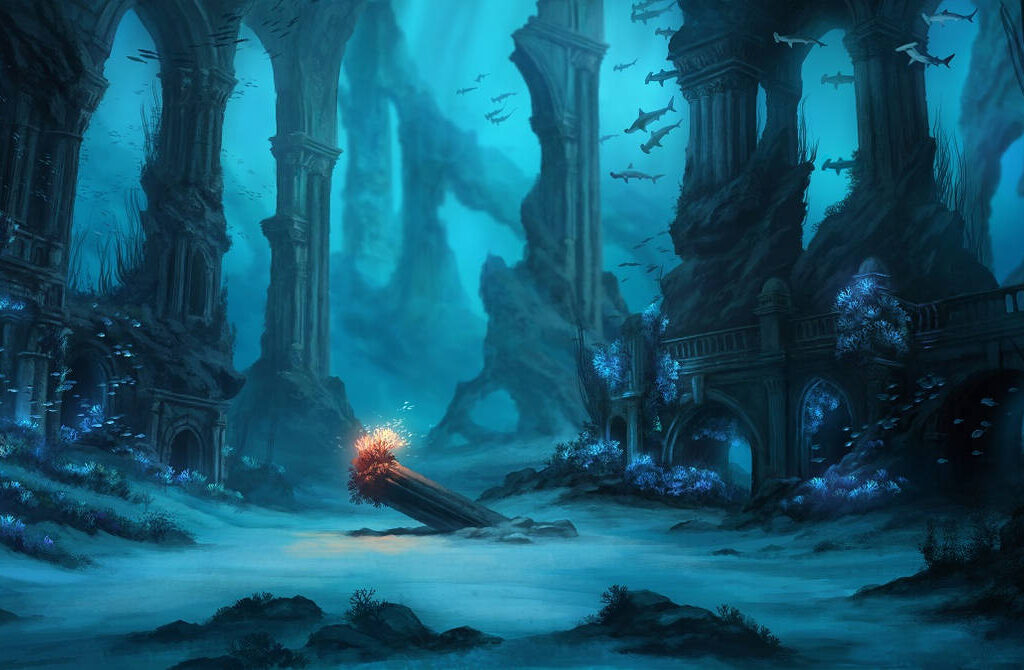
19. Are there any skills beyond painting (e.g., marketing, business) that digital artists should learn?
Probably marketing indeed, promoting your work, making yourself known, and showing what you can do.
I imagine it’s essential but I have no desire to delve into it further. I draw because I like that, and it doesn’t go any further than that.
20. How do you see the future of digital painting evolving?
There will always be a need for artists of all kinds, but obviously since the arrival of AI, we will have to fight to show that we are human and that we have arguments that AI will never have: emotions.